Indie Grits Labs is nurturing a filmmaking community in Columbia, South Carolina
Seth Gadsden went to grad school to study painting and left a filmmaker.
At that time, the South Carolina native and another art school friend of his decided “this whole grad school painting thing at these big schools”—Gadsden was attending Boston University while his friend attended Yale—“is kind of bunk.”
Boston University had a great film program and Gadsden found himself taking a lot of film classes and getting more interested in the medium, all the while becoming increasingly disenchanted in the privileged nature of the institutionalized art world. So he, along with his friend and their wives and families, bought an old city transit bus, converted it into an RV, lived on the road for two years and documented everything on film. He’s been making films and experimental media ever since.
But two years into their life on the road, the bus died.
“It was sort of this moment of, “Oh no, what do we do with our lives now that we dropped off the planet?” he laughs. His wife got a job with a newspaper based in Columbia, South Carolina, but he had no idea what he was going to do there. He found a film festival called Indie Grits and submitted something at the last minute that was accepted.
And then: “Next thing you know, I’m managing director of whole nonprofit!”
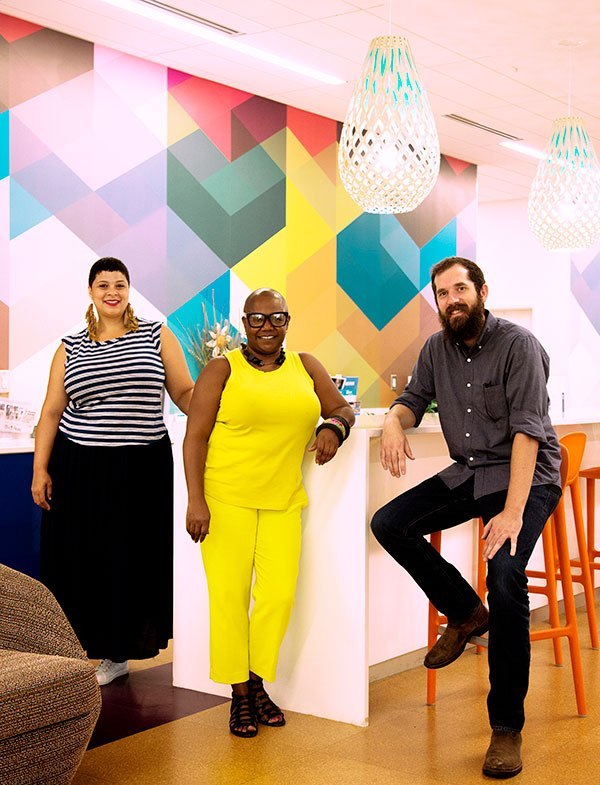
There were a few other steps leading up to that, but now he is indeed the Director of Indie Grits Labs, a nonprofit organization that spun out of the Indie Grits Film Festival that manages the festival as well as a host of other arts and educational programming.
Gadsden actually came on board as Managing Director of the Nickelodeon Theatre—“The Nick”—and part of his responsibilities included overseeing the festival as well as educational programming. They started doing fellowships with local artists and the organization’s educational programs really started to boom, so two years ago the nonprofit arm Indie Grits Labs was spun off and they hired a theatre director to focus on managing the art house theatre while Gadsden focused his efforts on the Labs. The Indie Grits Labs and Festival and The Nick all remain part of the same organization but operate somewhat independently.
The Indie Grits Labs space has an art gallery, audio lab, print lab, and community center. They operate a community radio station, create and print zines at their artist-led PrintLab, sponsor fellowships, produce films and exhibitions, and conduct educational after school programs, film and media summer camps, youth and adult workshops, youth “Media Literacy Labs,” and a lot more.
The Media Literacy Labs are field trip-based programs for K-12 students, and Gadsden is particularly proud of them. He goes to schools to talk to students and they take field trips to The Nick, and throughout it all he teaches the students to view all kinds of different media—news and journalism, social media, music videos, film and television, documentaries—through a critical lens.
“I try to hit every type of media and give students the tools to stop consuming it and begin viewing it critically,” he says. “All kids just consume media, but no one is asking who makes it, why do they make it, where does it come from, what goes into making it, what does it mean. [They just thoughtlessly consume it without thinking about it], and media literacy really isn’t taught in schools.”
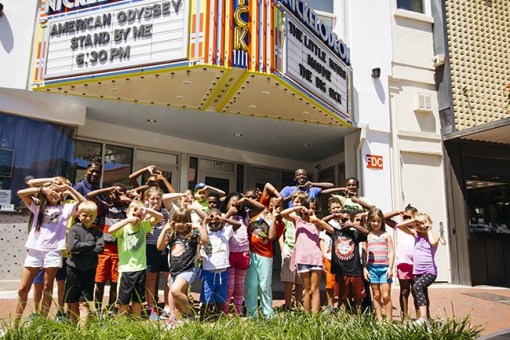
This is a big focus for Indie Grits under Gadsden’s leadership: they develop their own media literacy curriculum, and each year he tries to get the fellows involved in the teaching.
With everything they do out of Indie Grits Labs, which is located in a neighborhood currently experiencing the pains of gentrification, Gadsden wants to make sure their focus is always on serving the local community.
“This is an old Southern city that is redefining itself, much how all cities are redefining themselves now after what happened in the last 10 years [in the wake of the recession],” he says. “When I first started working at The Nick everybody [in the arts community] talked about wanting to reflect the diversity of the city, but that wasn’t really happening. Over the past 10 years we’ve worked really hard to hire new people and to slowly turn this into a space where everybody in the community can see themselves in this space.”
Part of that work was simply creating a new space that people in the community could take ownership over…something that wasn’t an established space that had been around for 40 years like The Nick, but that would also in time change that space as well.
Since Gadsden came on board in 2013 the organization has tripled in size, significantly expanding their programming and reach. But of all the things they’ve been able to accomplish in that time, he is most proud of their fellowship program.
The fellowship program has been running for four years now, and they work with their fellows all year long producing films, working on professional development, exhibiting in galleries, and participating in educational programming. They’re about to wrap up this year’s fellowship, this time with only seven fellows—fewer than half the usual number of 15-16.
“We’re slowly growing this family of media artists and makers in Columbia,” he says. “We really wanted to give more money to each filmmaker and give ourselves more space to work with each of them and dig deeper, so we reduced the number to seven and focused on documentary filmmaking.”
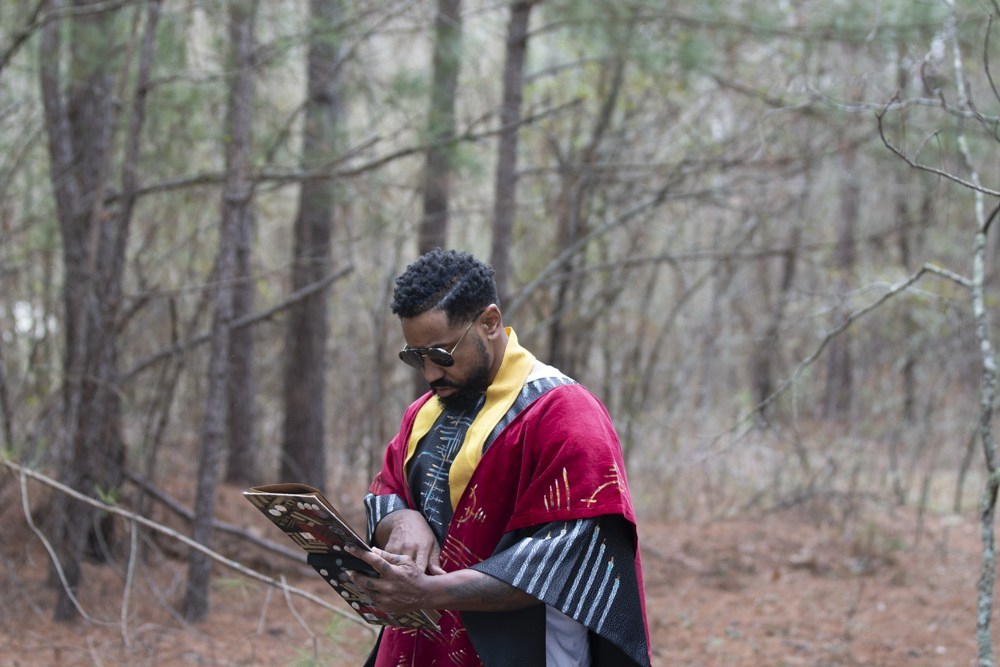
Each year the fellowship has an overarching theme. This year, all of the filmmaker fellows are producing documentaries about the rural South, and all of their films will premier during the upcoming Indie Grits Film Festival coming up March 28-31.
“Documentary and experimental films work well together,” says Gadsden. “If you’re interested in storytelling, there’s a lot happening right now in the documentary-experimental hybrid world, so that’s where we put our focus with our Southern voices.”
Gadsden says theirs is really the only organization is the state of South Carolina that supports filmmaking, and particularly documentary filmmaking. The Carolina Film Community is the only other organization in the state that gives money to filmmakers, and they only support the production of three short films per year (and none of them documentary).
“My overarching goal is to have one of our fellows break through with some success on a national level,” Gadsden says. “There’s a lot of talent and stories in this area, but not a lot of people are nurturing that. That’s the big goal: first education, and then to bring [our area] some success. It’s time we start exporting talent instead of importing it.”
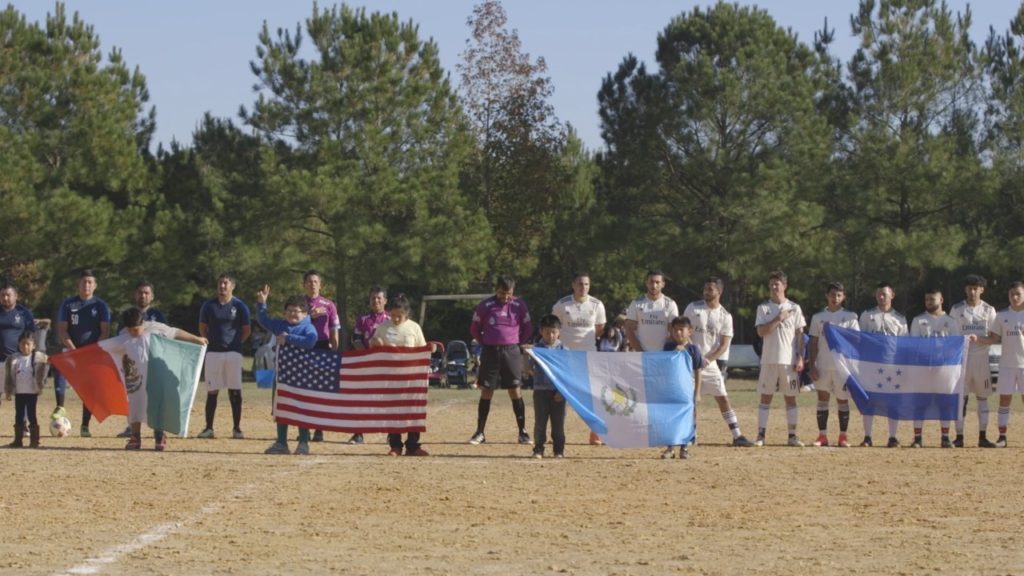
In addition to the fellowships, Indie Grits also issues a call for proposals each year for various media arts projects within the same theme as the fellowships. This year they will have another seven projects from the calls for proposals in addition to the work of the fellows on display during the festival.
Everything at the Indie Grits Film Festival has some type of tie to the Southeast, but Gadsden is open to allowing people to define that tie by sometimes very loose terms.
“Their ties to the South are usually pretty obvious,” he explains, “but you just have to have some kind of connection to the Southeast. So you might be born and raised in Georgia but live in Brooklyn and are making a film about Chinese immigrants, or you might be from Russia making a film in South Carolina about Virginia.”
Last year they screened a feature documentary film called Farmsteaders, an “amazing film” about a family farm shot over seven years. (Think Boyhood.). It won top awards for best feature and people’s choice that year. But one of the shorts that screened before it, Pak Anggier, was about a farmer in Singapore made by an Asian woman who just happened to be editing the film in Texas—and that was the only connection to the South that the short had.
“But we had this other film already and I really liked the idea of this short film opening up for this full-length film,” says Gadsden.
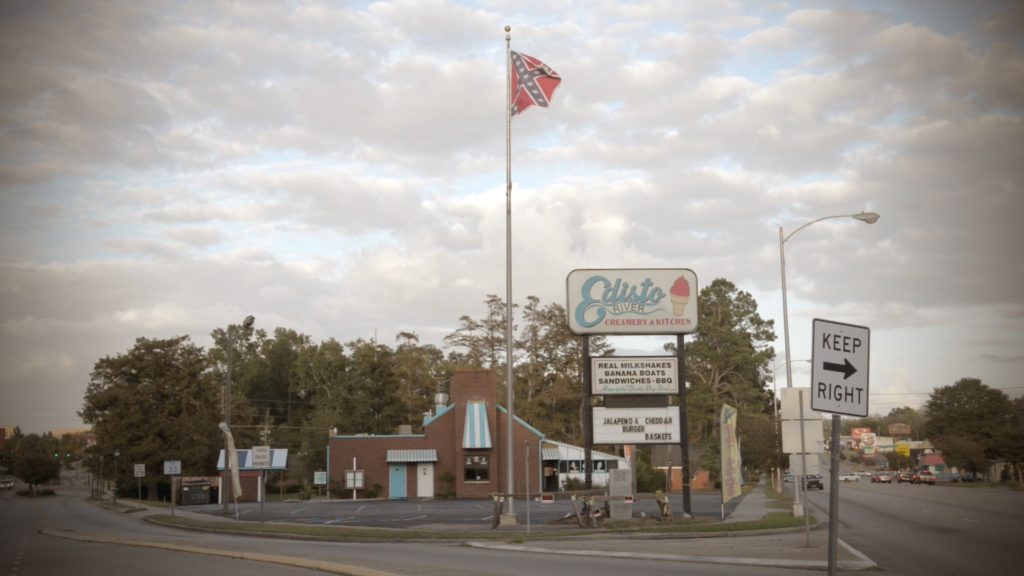
The 13th Annual Indie Grits Film Festival will showcase 90 films including 15 features. All of the feature films this year are documentary and experimental.
“Not a single narrative feature submitted this year was right for the fest,” says Gadsden. “Every year I look at the submissions and they tell you how people are thinking. I really feel that we’re in the age of documentary.”
While there are many films from South Carolina—part of the festival’s goal is to build the local filmmaking community, after all—there are also films from all over the South, the Northeast, the Midwest, California, Alaska, and even China.
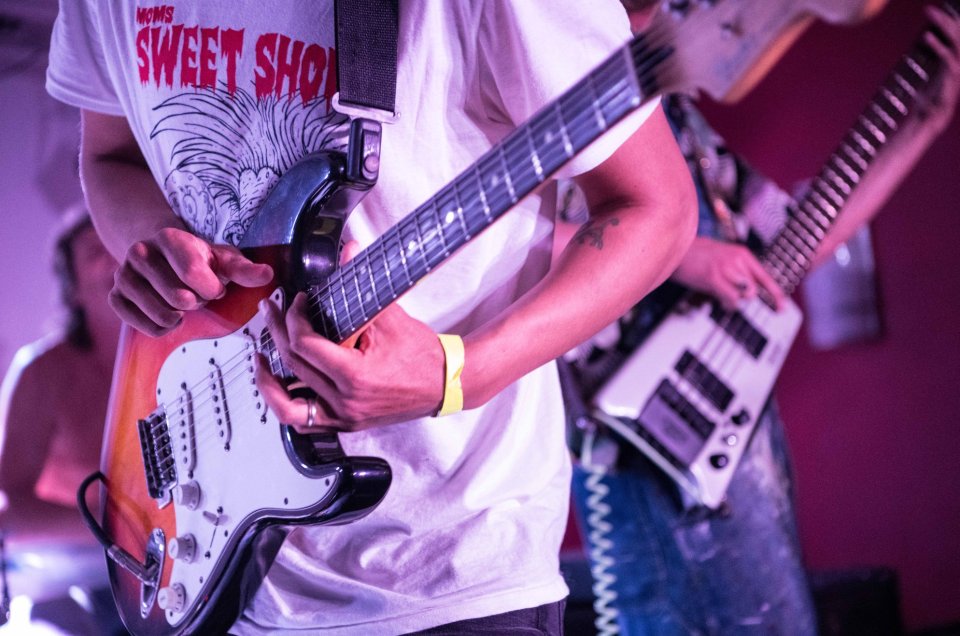
In addition to all of the films, the Indie Grits Film Festival has a wide variety of additional programming and events, including 18 bands from around the Southeast, opening night and after parties, a fair, a variety show, an adults-only “puppet slam,” and the premiere of all of the rural projects.
“We’re known for our programming. We really take a lot of risks with our programming, mixing genres and modes of filmmaking,” Gadsden says, and that includes everything from experimental films to animation and 16 mm film. “We’re not going to go to a ‘documentary block’ of shorts or an ‘experimental block’ of shorts; they’re going to be different types of films with a shared theme. We reject good films if they don’t fit into our curated blocks.”
This year’s festival will also introduce a brand-new track called “Filmmaker Focus,” a free series of programs open to the public aimed at supporting documentary and documentary-narrative filmmakers. This track includes work-in-progress screenings, filmmaker panels and workshops, and one-on-one mentorships for filmmakers.
“This gives people the opportunity to participate in a professional development series throughout the whole festival,” says Gadsden, with the intent of further bolstering the filmmaking community of South Carolina.
“Indie Grits is all about mixing all these different things together and see what comes out of it,” Gadsden says. “It’s all about creating interesting conversations, and hopefully people come out of it with new ideas.”

(1) How do you like to collaborate?
I only like to collaborate. That’s the way I like to work. I like to be in a space where I feel like I can follow others. Because so much of my existence is being seen as the leader, as “director,” when I collaborate with people I like to collaborate on a level playing field. I like being seen as someone who is available to people but I also take direction well and really like to follow. I’m open and willing to do whatever.
(2) How do you a start a project?
With relationships.
(3) How do you talk about your value?
I think the real value behind our organization is to be a space where everybody in our community can see themselves in the media arts. We’re in the South. It’s a diverse city and there’s a lot going on here. The institutions are thick and they run deep. Institutional racism is everywhere. Top-down hierarchies are everywhere. The value we can bring as an organization is to be a space where everybody can see themselves reflected in that space from the minute they walk in the door.
(4) How do you define success?
I want to see change in people. If I can look at the people around me and see transformational change in the folks I’m collaborating with; if the people we’re funding were able to make work they wouldn’t have considered before working with us; if I can see transformational change within people—that’s how we were a success. If I can feel like I have changed at the end of the year, then others probably did too. I try to end every year with not being the same person I was the year before.
(5) How do you fund your work?
We’re very fortunate. We have a really unique system in that we have a movie theater as part of our organization. Indie Grits Labs is more of a traditional arts nonprofit, but it’s the same organization as the movie theater, so we earn income from ticket sales and have membership income from over 3,000 members. On top of that we’ve had national funders: For the past two years the Ford Foundation funded our fellowship program, and we would not have been able to do that these last two years otherwise. We’ve also had multiple NEA grants, and the Central Carolina Community Foundation is another big funder.
We have an interesting system. There aren’t that many nonprofit arthouse theatres out there that produce films, do big educational programing, and run a festival. Because of that we caught the eye of national funders. We could certainly work on our corporate giving a little though!
We’ve only been doing Indie Grits Labs for the last two years and we’re now at the end of our five-year plan and are about to make a new one to set the course for the next five years. But we’re in a good place now: Five years ago we were an organization under $500,000 and now we’re over $1.5 million.
